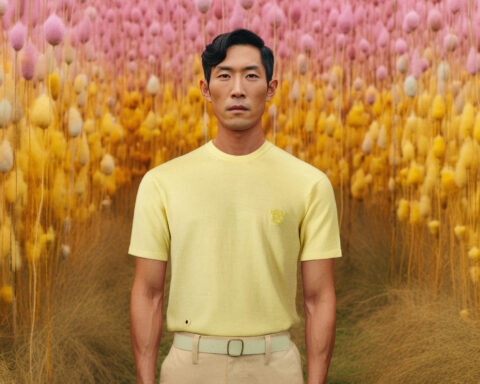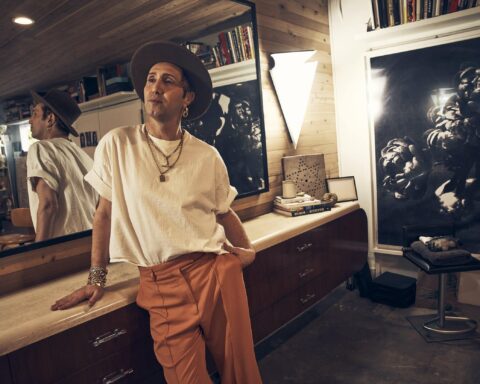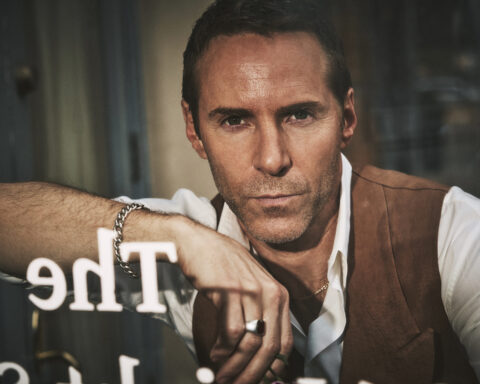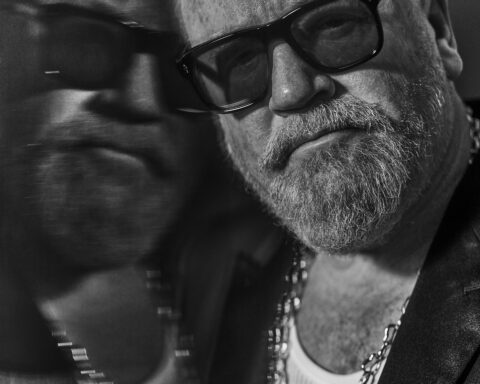Few words are more ubiquitous in the retail and commerce space as sustainable. As climate change and the impetus to shop more ethically become an increasingly mainstream part of consumers’ general consciousness, it follows then, that brands will tailor everything from the production of their wares to their marketing tactics to meet this demand.

And in many cases, this is a good thing: fashion and commerce is one of the most universally accessed industries there is – everyone buys and wears clothing. Its expanse also means it accounts for a significant portion of global carbon emissions. Every year in the US alone, 34 billion pounds of clothing waste are discarded; 66% of this will end up in landfills; synthetic materials like polyester use roughly 342 million barrels of oil every year. Athleticwear from big name brands present ecological threats both in their manufacturing processes – sweatshops, etc. – and in the materials used to make their clothes.
It’s no secret that the market has caught on – they know consumers see words green, eco-friendly, and vegan and feel a sense of pride in their purchase; perhaps even absolution in some small way in the face of the worsening climate crisis. As a result, the market responds in a myriad ways. Everything from greenwashing – where retailers slip key sustainability related terms into their marketing with little to no research or impact to back them up, to brands are approaching these challenges in earnest.

Converting consumer intent to consumer action is also a challenge; one recent survey shows that while the majority of consumers show a desire to buy eco-friendly products, less than thirty percent actually do so. Women are generally more invested in purchasing eco-friendly goods than men. The statistics show that younger generations are more inclined to shop sustainably and to participate in eco-friendly practices like consignment shopping and upcycling – where brands repurpose stock and sometimes even items that they’ve bought back from consumers to create new goods. Still, it’s Boomers who are the most likely to look specifically for natural fibers in what they wear. And gaps in intent and action, especially those reflected in generational statistics might reflect differences in purchasing power.
So how do you cut through the noise and figure out if a brand is actually putting their money where their mouth is and creating more consciously, or if they’re just jumping on the sustainability train for financial gain? Well for starters, you can check out our directory of Mr. Feelgood vetted brands. But if you find yourself trying to make informed decisions on your own, we’ve got you covered too – below, we’ve asked two leading experts everything you need to know, and put together a Glossary of important terms to help sharpen your sustainable shopping savvy.

Let’s ask the experts:
Tensie Whelan, Professor and Director NYU Stern Center for Sustainable Business
David Hardisty, Associate Professor of Marketing and Behavioural Science at UBC Sauder School of Business.
Can you explain, in layman’s terms, what “sustainable” fashion and shopping looks like?
TW: Sustainable fashion should incorporate some or all of the following elements 1) use sustainable materials 2) use reused materials 3) be able to be easily recycled/reused 4) be long-lasting.
DH: The term “sustainability” is used in different ways by different people. In the fashion industry, it most often refers to clothing with relatively more positive long-term impacts on the environment and on other people. Thus, any garment that creates less pollution than others or is made with better working conditions than others might be called “sustainable fashion”. Another definition of sustainable fashion would be fashion use that can continue indefinitely into the future. According to this definition, only closed-system, “circular economy” fashion would be truly sustainable.
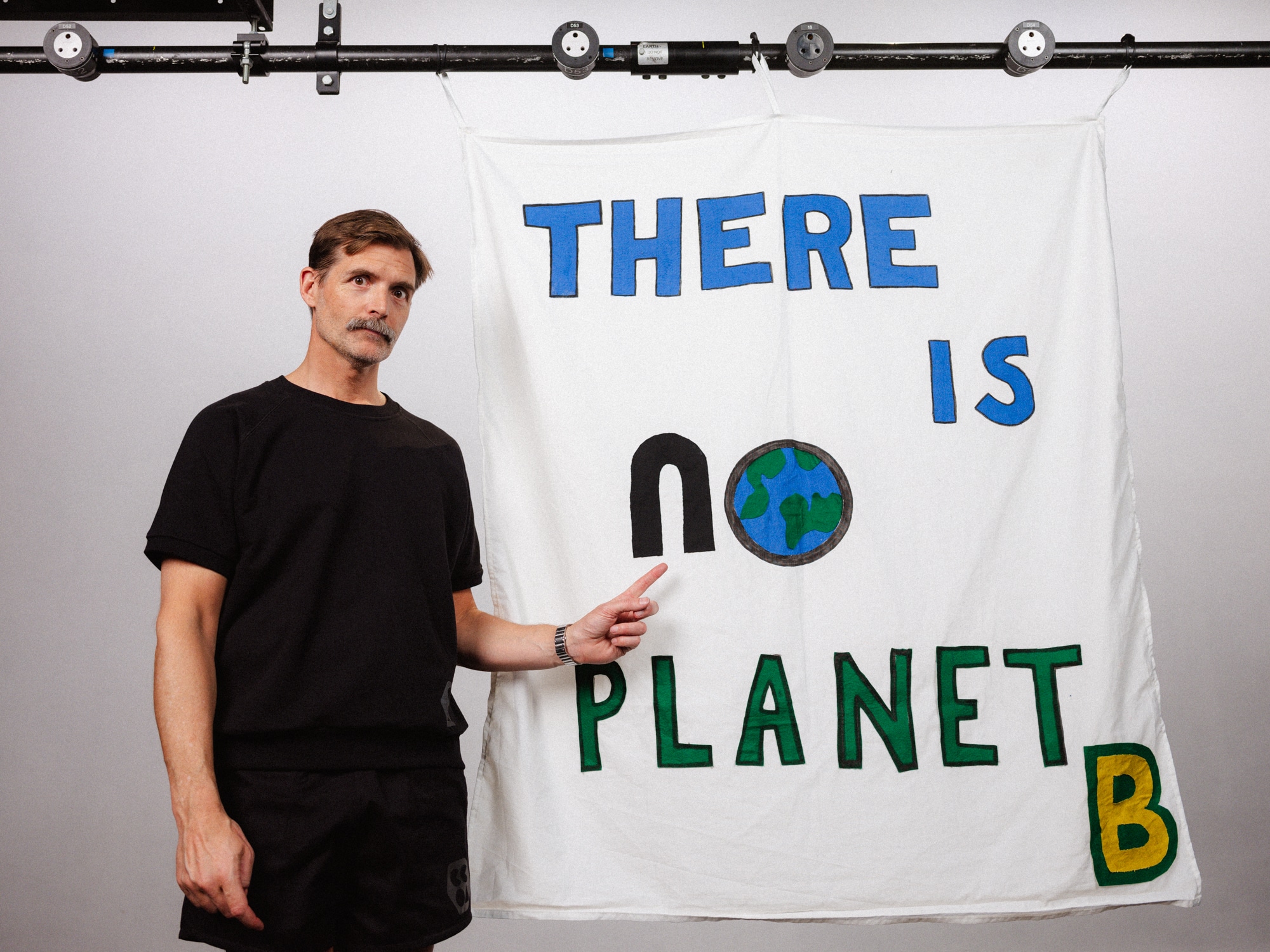
Is it even possible – while being a consumer – to be sustainable? Or is any consumption under capitalism antithetical to sustainability?
TW: Yes, we can take a sustainable approach to fashion by buying classic garments for the bulk of your collection that will last a while and are made of sustainable, durable materials. You can vary it by renting more seasonal sustainable garments or buying used clothing.
DH: Certainly we can all be more sustainable, and every bit helps. Our actions have a ripple impact on others, and we should push for system change as well. Sometimes consumers will say, It’s all the fault of big business! They have all the power!, but then businesses will say, We only sell what people actually buy; if consumers would reward sustainability, we would do it. And, it’s the responsibility of the government to regulate. And the government will say, We will only do what gets votes, and we need campaign funds as well.
To tackle the sustainability crisis, we need action and change on all fronts: consumers, businesses, and governments all making changes and pushing for others to change for the better. While people sometimes like to blame capitalism for unsustainable practices, I’ve never seen evidence that other economic systems (such as communism or socialism) are more sustainable. I think it’s more a feature of modern industrial economies in general, rather than a feature of capitalism.

What are some examples of sustainable practices that are green flags for you – ie practices you see businesses engaging in that you recognize as authentic and impactful as opposed to marketing tricks.
TW: I like to see sustainability embedded across the company – so not just one small line of sustainable clothing or one small recycling program, but an approach that is integrated across the firm and includes good treatment of their employees and supply chain workers as well as environmental factors.
DH: Any store selling used clothes and/or refurbished clothes is great. Using recycled fibers and renewable energy are great. Repair programs and take-back/recycling/re-use programs can be good. Durability guarantees/warranties are great; you can be more confident the item will last a long time. Transparency is good; the more information you have about what a product is made of, where it was made, and how it was made (including worker pay, etc), the better.
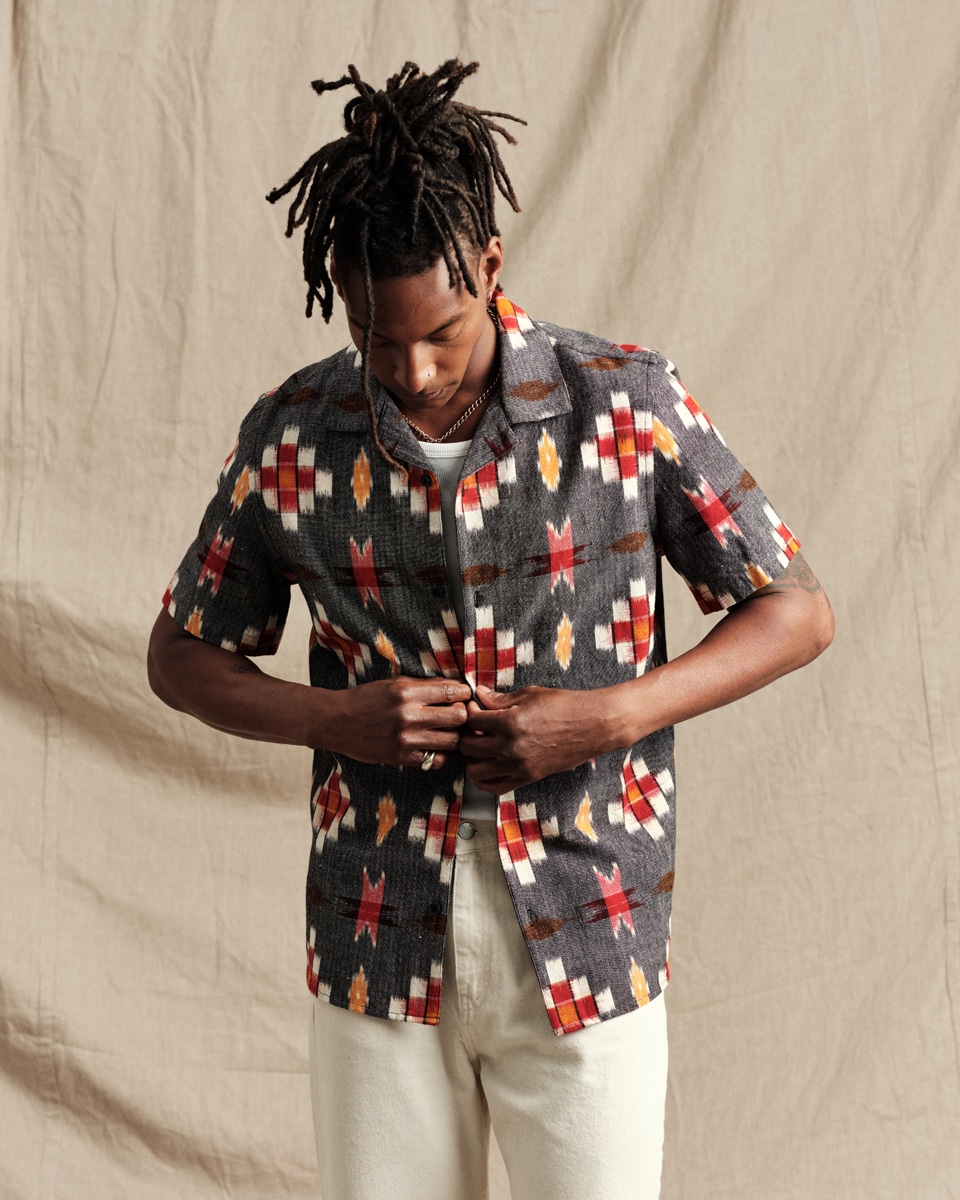
A lot of times people assume more sustainable means more expensive? What’s a good way for consumers to think about the cost of sustainable items vs. the benefit to purchasing them?
TW: If we buy a shirt we wear 10 times over the course of a season for $20 vs a shirt for $120 that we wear regularly over 3-5 years, we will have far greater financial value from the more expensive shirt.
DH: The idea that sustainability is expensive is totally wrong. The biggest thing is that we need to re-use our clothes more, buy used clothes, and repair clothes, rather than buying new. We need to make “used” but functional clothing cool again. I remember when a well-worn baseball cap was super cool. Likewise, a well-worn jacket or shoes can be cool. It fits well, it has history, it’s hard to obtain. Repaired clothing is unique, and that’s cool. The King of England wears worn and repaired clothing, so don’t tell me it isn’t elegant or sophisticated. This post from Derek Guy [has a great explainer.] All of this is LESS expensive, not more expensive. Other times, when you need to buy something new, you might pay more for a higher quality product up front, but it will last longer, so you may save money in the long run.

Finally – are there any brands or products that you use in your life that are sustainable that you love?
TW: We have always had great thrift shops in NYC and shopping there is fun. For activewear, I like Athleta as they are a B Corp and have some recycled products (though not enough). For workwear, Eileen Fisher is great and has had a long-time focus on sustainable materials, and classic, durable clothing (as well as their reused Renew line), and last but not least, Patagonia is everyone’s favorite!
DH: Rewind Resale Thrift Store Vancouver is a great thrift store near me. REI is great – it’s high quality stuff that lasts a long time. Patagonia is a classic and a leader. Not perfect, but they’ve been a force for improvement.

Glossary:
Sustainable: An umbrella term that includes social and environmental practices
Circular: This involves reusing clothing and clothing waste.
-
Related terms include: Upcycling: when a product is recycled (or repurposed) into a higher grade product; Sharing economy: employing practices of swapping, renting, and buying used clothing
Carbon Footprint: The amount of greenhouse gasses (including CO2 and methane) generated by creating, using, and disposing of a product.
-
Related terms include: Decarbonization – reducing the carbon emissions of retail at each stage production
Organic: When something is made without chemicals.
Life Cycle Assessment: An understanding of a garment’s impact from the beginning – the growing process for the fibers, etc., to the end of its life cycle: is it recyclable? Biodegradable?
SDGs: These are the Sustainable Development Goals of the United Nations – these are often used as a reference in sustainability communications. Other SDG’s include No Poverty and Gender Equality.
UNDRIP: The United Nations Declaration on the Rights of Indigenous Peoples
Regenerative agriculture: Farming practices that improve the land and surrounding natural environment, rather than degrading it.




